
How Proper Thermal Management Saves You Money: A Case Study
With rotary kilns, thermal management is the key to improved productivity and reduced downtime, leading to savings in both energy consumption and the cost of repairs and maintenance.

With rotary kilns, thermal management is the key to improved productivity and reduced downtime, leading to savings in both energy consumption and the cost of repairs and maintenance.

Investing in R&D is a practical means of investing in innovation and, ultimately, your future. There is obviously the question of how much to invest in R&D, but also how to invest in it and choosing an R&D partner is integral to that.
…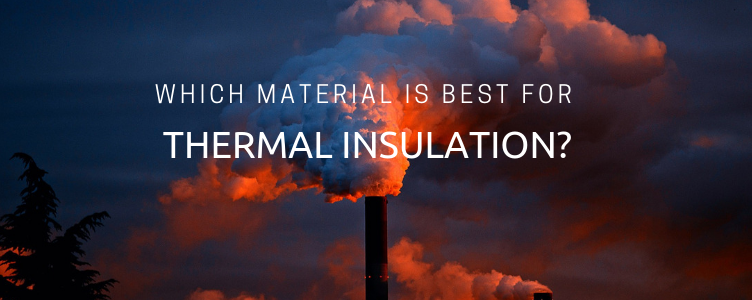
In most manufacturing processes, after raw materials, the most costly element involved is energy, which is why thermal insulation is critical. When it comes to the bottom line, thermal insulation is a valuable investment. It helps reduce a business’s operating costs and its carbon footprint, and drive the efficiency of its processes.

Research and development, R&D, offers businesses a means to grow and thrive by focusing on innovation. This can be about improving processes, developing or refining products, or a combination of all these things.
The UK Government recognises the intrinsic value of R&D for businesses, and consequently it provides tax relief and tax credits for certain types of revenue expenditure connected to research and development.
As specialists in high temperature insulation and thermal management products and solutions, Elmelin recognises the value of R&D for our varied client-base. We also understand that sometimes the whole issue of R&D costs, and what businesses can claim, can be complex.
Here is a brief guide to give you more clarity about R&D.
…
Simply following change is not a realistic option for many businesses, if they are to stay competitive. Instead they must be at the forefront of change, and the means to do this is by developing research and development strategies that work.
…
At Elmelin, we understand that quality solutions to different aspects of high temperature insulation and thermal management, require a demanding quality management system. Our customers in a wide variety of industries depend on us, which is why we prioritise processes that adhere to ISO 9001 criteria. ISO 9001 is more than just a standard. It is about taking a strategic approach to what we do, to ensure we are delivering what our customers require, regardless of their sector or industry or the product they require.
…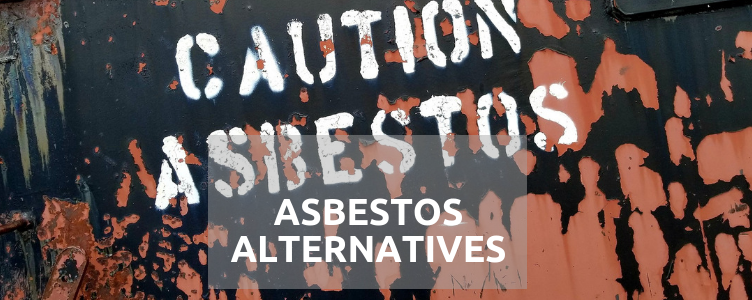
Fire protection is an inherent requirement in many industries, and it is essential for the safety of buildings. For most of the twentieth century, a major solution to fire protection and safety was asbestos. Asbestos was very much seen as a wonder mineral. Unfortunately, while this material can offer heat resistance up to 800°C, it is also potentially lethal to humans. But asbestos alternatives exist.
Consequently, the same industries, and more, which were once dependent on asbestos for fire protection and fire resistance are now having to find safe asbestos alternatives.
As specialists in fire protection, Elmelin provides specialist alternatives to asbestos, using products based on mica and microporous technology.
HSE points out that asbestos kills around 5,000 workers each year in the UK. When materials containing asbestos are disturbed or damaged, they release fibres into the air. If inhaled, these fibres can cause diseases which can be fatal.

The effects are not immediate, as these diseases take time to develop. However, once they are diagnosed, it is usually too late to do anything about them.
The diseases that asbestos can cause are:
–Mesothelioma – a cancer that affects the lining of the lungs and is almost always fatal
–Asbestosis – a scarring condition of the lung, which causes shortness of breath and can be life-threatening
–Asbestos-related lung cancer – the same as lung cancer caused by smoking
–Pleural thickening – the lining of the lung swells and thickens, usually occurring following heavy asbestos exposure.
The problem is that asbestos is found in a great many places, including industrial, commercial and residential properties. It has been commonly used as an insulating material, has also been included in the manufacture of ceiling tiles, textured coatings, corrugated cement sheets, floor tiles and pipework. Asbestos is also sometimes present in brake pads, gaskets, electrical wire insulation and furnaces.
Asbestos is versatile, which has contributed to its widespread use. While its raw fibres are silk-like in their softness, manufacturing processes can also produce asbestos that is rock-solid.
Anyone working with asbestos should take the necessary precaution to protect themselves, but the best precaution of all is to find a safe asbestos alternative.
Various new technologies have emerged in the wake of the growing awareness of the risks associated with asbestos. These include: polyurethane foams; flour fillers; thermoset plastic flour; cellulose fibres; and amorphous silica fabrics.
Asbestos itself had so much of a universal application that it has proved impossible to find a single substitute. However, some asbestos alternatives are more versatile than others.
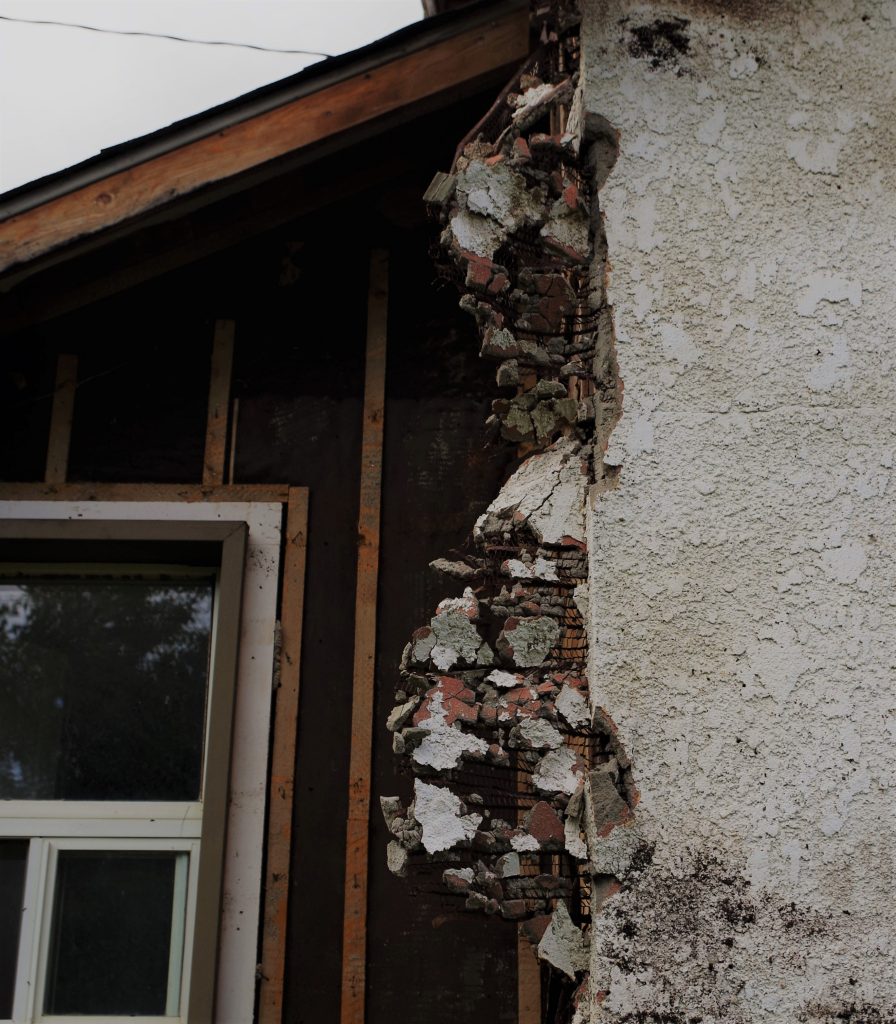
One solution for high temperature insulation that, like asbestos, is mineral-based and has a wide variety of uses, is mica. Unlike asbestos, mica is safe.
Mica is a rock-forming silicate material and used with microporous technology, it provides a broad range of insulation and fire protection solutions across many different sectors and industries.
Like asbestos before it, mica can be used in various densities, from thin but durable sheets to cut shapes for tooling applications and manufactured components.
Microporous materials containing mica are effective in high temperature insulation for different industries, including foundry and steel, continuous processing and transport.
Here, there is an ongoing requirement for heat resistant materials for insulation and specialist functions such as heat shields. Mica and microporous insulation materials offer all the benefits of asbestos with none of the risks.
Fire safety in industry cuts across sectors, and requires solutions that are highly functional and adaptable.
In many instances, people will come into close contact with high temperature insulation materials as part of their daily working lives, so providing a safe but technically viable asbestos alternative is a fundamental requirement for safety in the workplace.
Traditionally, asbestos has been widely used in construction as an essential component in ensuring building have the right degree of fire protection.
This has, in effect, turned asbestos into a hidden threat, with it being used in so many different construction materials.
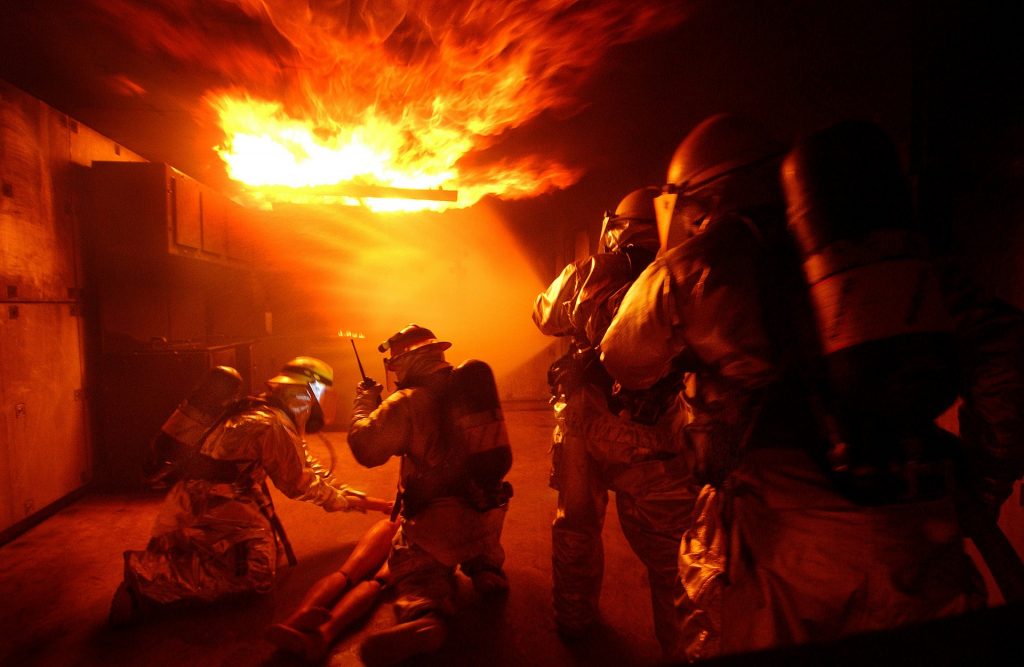
One aspect of fire safety in buildings is passive fire protection. This involves measures designed to contain a blaze and stop it from spreading throughout a structure.
Microporous technology now provides linings for fire doors and lift doors, to help with passive fire protection measures. These insulation boards are thin but hardwearing, and offer excellent resistance to fire and heat.
Fire safety is a continual requirement for a great many industries. These industries can no longer rely on asbestos as a solution. What they can do, however, is explore the versatility of mica, mica-based products and microporous technology as contemporary solutions to fire protection, insulation and fire safety.
Elmelin specialises in providing manufactured solutions for high temperature insulation, thermal control, heat resistance and fire protection. We provide both off-the-shelf and bespoke solutions, depending on your needs.
Please call us on +44 20 8520 2248, email sales@elmelin.com, or complete our online enquiry form. We’ll get back to you as soon as possible.
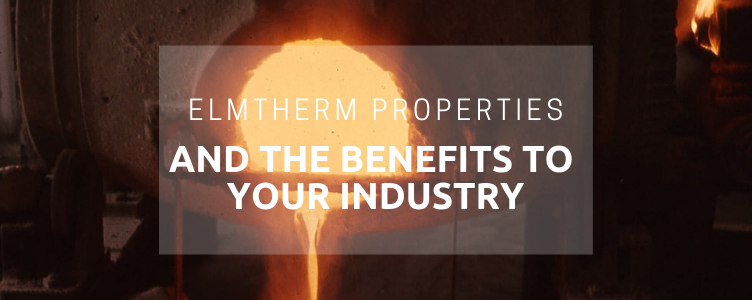
Elmtherm is a range innovative high temperature insulation products, based on microporous technology. Designed to perform consistently at a peak level of excellence, Elmtherm has several applications across different industries, including foundry and steel, aerospace, petrochemical and fire protection.
This microporous material is durable with superior thermal insulation characteristics. It is used primarily as a lining material, protecting products, equipment and technology from heat incursion, and so ensuring their safety.
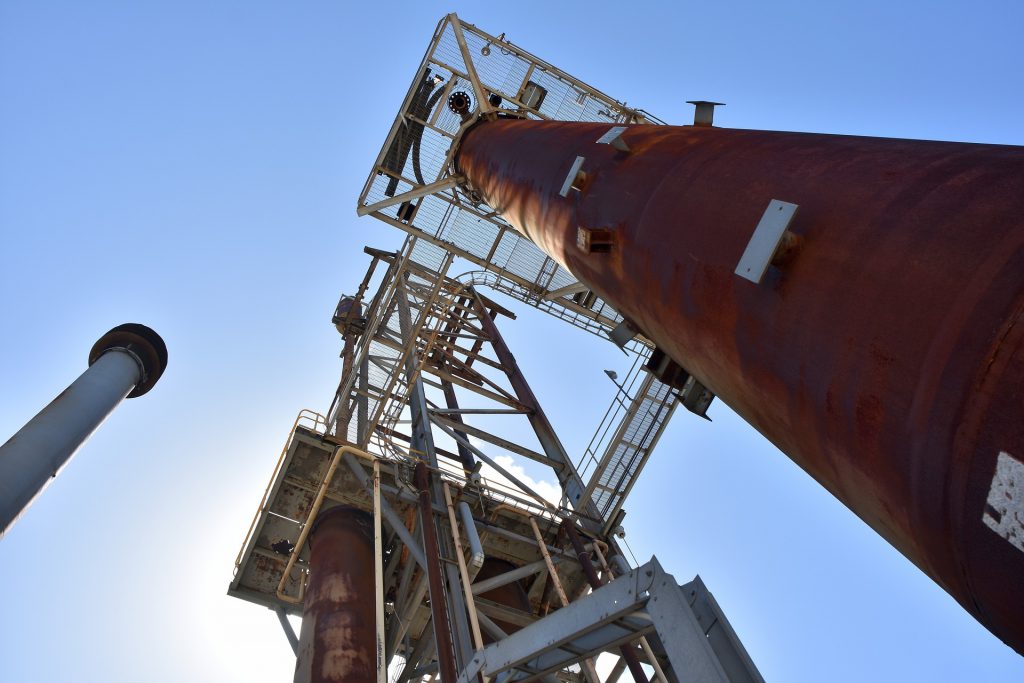
The technology underpinning Elmtherm is separation technology. This involves small particles of silica, dispersed through an area, to the extent that they create small openings, or micro-pores. These micro-pores have tiny diameters of less than two nm, or nanometres.
When combined, these micro-pores create molecular sieve membrane. This sheet has a low density but an extremely effective porous structure.
What does this mean in practice?
Used in high temperature insulation, microporous material blocks conductive, convective and radiant forms of heat transfer.
Microporous technology restricts conductive heat transfer through minimising the contact between molecules, impeding their ability to transfer energy, from one molecule to another.
The structure of microporous sheets also creates pockets of trapped air which stop the free pathway of air, thereby containing convective heat transfer. This means there is limited or no heat transmitting through the microporous material.
For combatting heat transfer from radiation, microporous material has infrared opacifiers loaded into it to reduce the occurrence of radiant heat transfer. These added substances help make the material impervious to light-generated heat.
Elmtherm is highly energy efficient, helping reduce operating costs in the industries in which it is applied, while ensuring good temperature control through its excellent thermal stability.
Where there are issues to do with consistency and safety in performance, Elmtherm can help.
Elmelin produces four different grades of Elmtherm microporous material for high temperature insulation.
Each of these grades comes in a different ranges of thickness, which determine their heat transfer capabilities.
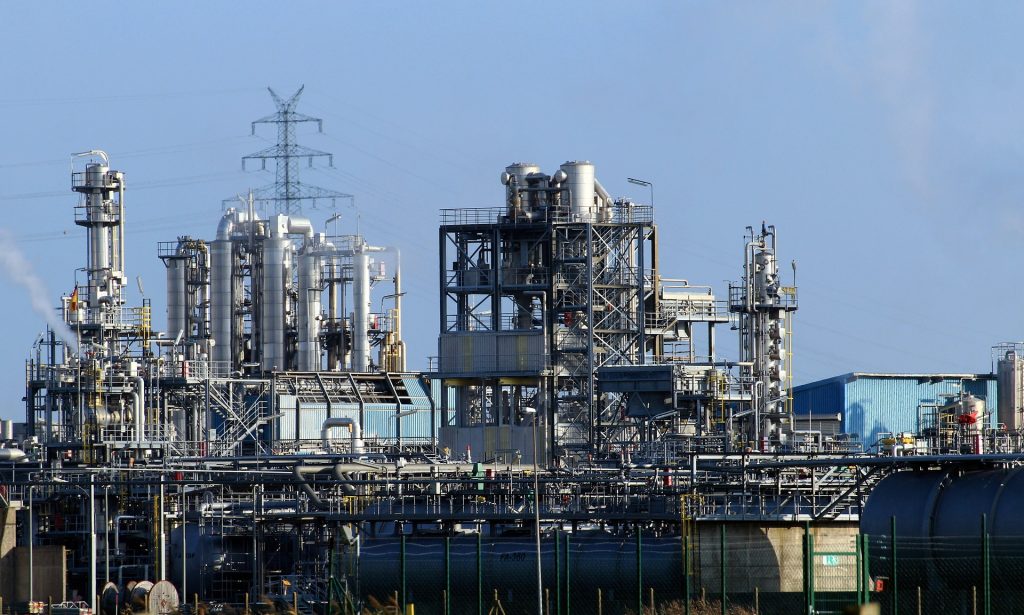
Elmtherm 1000 and 1100 are microporous in composition and can withstand maximum temperatures of 1,000°C and 1,100°C respectively. They come in thicknesses of between 3mm and 50mm.
Elmtherm 1400 and 1600 grades combine microporous materials with ceramics to form effective heat shields, designed to withstand temperatures of up to 1,400°C and 1,600°C respectively. Thickness for these grades depends on their specific application.
High temperature insulation is an essential requirement across different industries and sectors, but microporous technology is proving to be a widely applicable, adaptable and highly effective solution.
The low thickness but high strength of Elmtherm make it well-suited for applications where safety, efficiency and energy saving are all key requirements.
Low weight combined with high compression strength means microporous solutions can both protect equipment and other materials while ensuring peak performance.
Elmtherm lines ladles in foundries, ensuring that they can safely hold molten metal at intense temperatures. This type of lining increases the capacity of ladles by 10% while having a positive impact on energy conservation, offering improvements in this area of around 50%.
For furnaces, Elmtherm helps with even heat distribution, and also protects against heat loss, to the tune of 30%. At the same time, because of its thinness, it is a more efficient insulator than other, alternative board materials.
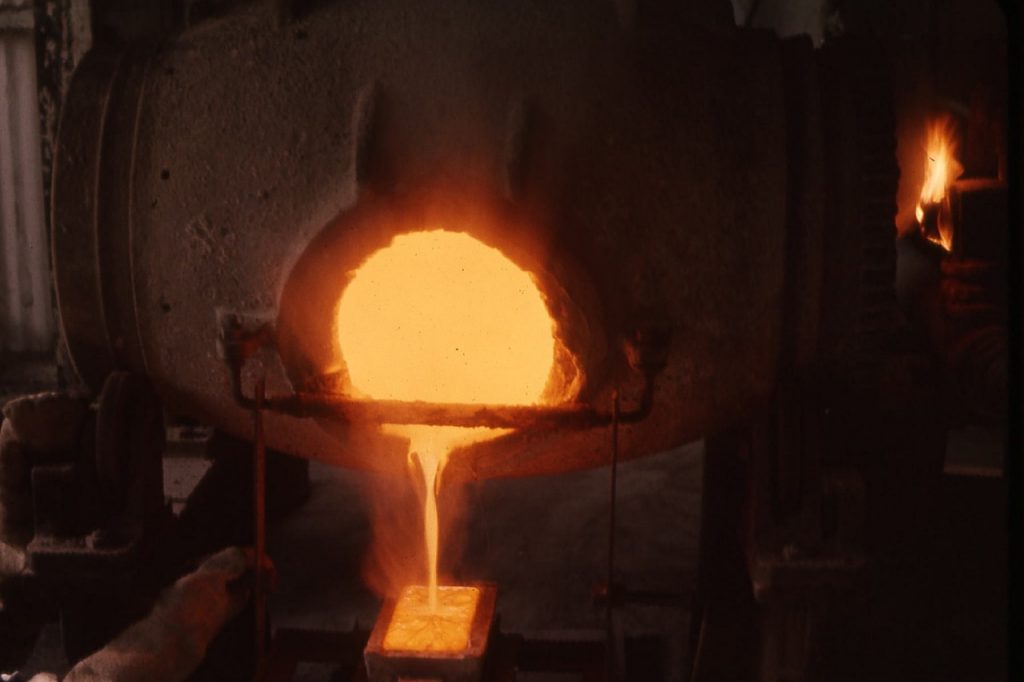
In aluminium launder systems, Elmtherm contributes to the speed and efficiency of the casting process, where speedy transfers between furnaces are critically important. Elmtherm optimises the movement of molten aluminium between smelting and casting processes, saving on heat and time.
Elmtherm is also used to line tundishes, to assist in continuous casting operations; and is also found in kilns and rotary kilns.
Microporous insulation is an industry standard for aircraft, when it comes to ensuring the lowest possible thermal conductivity and keeping things as lightweight as possible.
Elmtherm provides essential thermal protection for aircraft auxiliary power units and flight data recorders. It also provides heat shield material for thrust reversers, and flexible insulation inside aircraft engines.
In the form of panels, it can also insulate galley ovens on aircraft, as well as providing wings with fire protection.
For pipeline materials in the petrochemical and other industries, protection against extreme heat and fire is vital, as process piping is inevitably going to involve highly inflammable materials.
Because it is lightweight and flexible, but also very strong, Elmtherm is an ideal lining solution for process pipework. It is used in power plants, the petrochemical and cement and glass industries.
With fire and elevator doors playing essential, strategic roles in passive fire resistance, ensuring they are as fire-proof as possible is essential.
Elmtherm has proved ideal for this form of insulation, being lightweight but highly fire-resistant, and easily adaptable to a range of situations and locations.

These microporous insulation boards are a safe, modern alternative to asbestos, opening up new possibilities for high performance, high temperature insulation in buildings management and safety.
Elmelin’s Elmtherm range of microporous high temperature insulation solutions is highly adaptable across a very broad spectrum of industries and sectors. We have only touched on a few key examples here.
Discover more about Elmtherm and how it could benefit your business and your industry by calling us on +44 20 8520 2248. Alternatively, please email sales@elmelin.com, or complete our online enquiry form. We’ll get back to you as soon as possible.
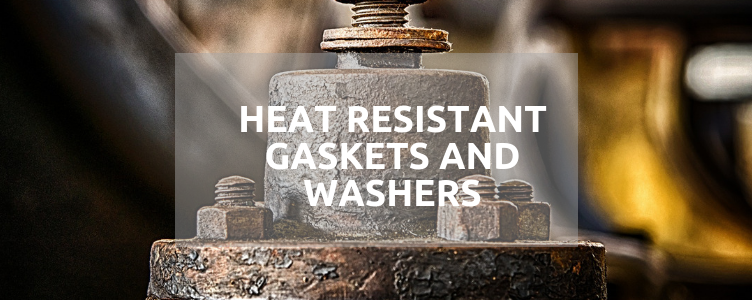
Mica components are one of the many ways in which we can harness mica’s natural heat resistant and dielectric properties to serve a whole range of industries. Mica has a natural, structural stability, making it an ideal manufacturing solution when it comes to producing heat resistant gaskets and washers, along with other vital components.
…